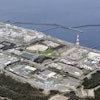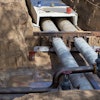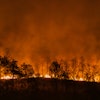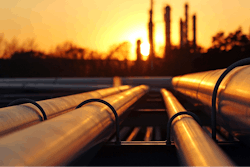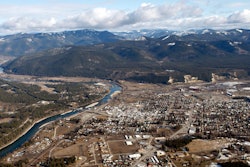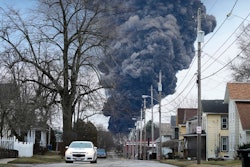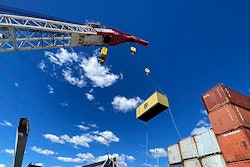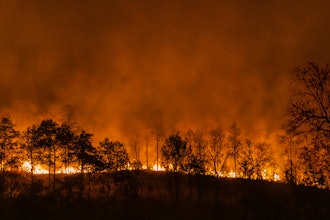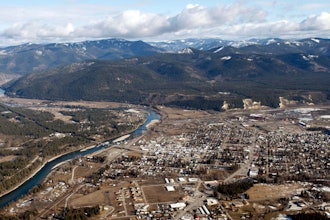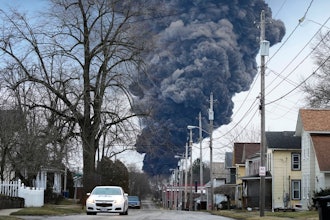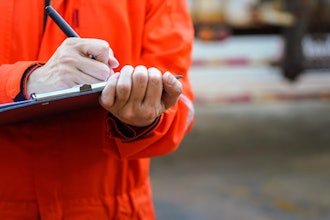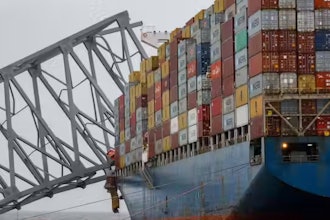Worker rights and workplace safety have never been more important. As the world grows more dependent on existing as well as brand-new industries, now is the perfect time to reevaluate your petrochemical operation for hazard mitigation.
Below are some tips for managers and workers alike for minimizing risks when working in the dynamic, but potentially hazardous, oil and gas industries.
1. Commit to Ongoing Education
Beginning with the obvious, hazard mitigation and safety training should be central pillars of your worksite culture. It’s already likely you’re required, or have chosen, to train your workers on safe techniques, best practices, and conscientious equipment handling, but it’s also essential to follow through with continuing knowledge testing and, as required by regulations, re-training and re-certification on heavy or complex machinery.
2. Enforce Strict Equipment Maintenance Habits
Equipment failures can be devastating in many industries, but they’re particularly worrisome when you work with petrochemicals. If workers don’t inspect, maintain, start up, and shut down equipment properly, and regularly reevaluate its work-readiness, you’re inviting damage and, worse still, employee injury.
Legally speaking, OSHA considers poorly maintained equipment a “hazardous energy” risk and provides guidelines for avoiding injury—including performing lock-out procedures to prevent unauthorized use. Train employees to be mindful about performing pre-startup equipment checklists, multi-point inspections, proper shutdown procedures and, as necessary, taking care of minor maintenance and cleaning efforts themselves, like wiping down dirty equipment before storage.
3. Be Mindful of Long Hours Operating Heavy Machinery
The U.S. Department of Transportation observed nearly 4,000 vehicle-related deaths in 2013—a rise over the previous year. The concern here is twofold: First, many of these accidents involved collisions by, or with, heavy trucks and industrial vehicles; second, mobile machinery and vehicles play a huge role in oil and gas extraction and transportation.
There’s no shortage of evidence pointing to the connection between long, grueling hours behind the wheel of a heavy vehicle and the likelihood of worker fatigue and, eventually, a workplace incident. So, look for opportunities to cross-train interested or particularly detail-oriented employees on your more demanding vehicles and equipment. Cross-training your workforce means you can delegate these types of skills to more operators, which, in turn, helps you keep shifts shorter and avoid burnout behind the wheel.
4. Employ Thoughtful Site Design and Always Have an Exit Strategy
Recent events indicate that, when it comes to fire risks, nobody is above hubris. The Grenfell Tower fire that caught national attention last year wasn’t related to the petrochemical industry, but it was a needed reminder that any business involving human lives must always be prepared for a fire-related emergency.
Unsurprisingly, gas and oil stand head and shoulders above all other private industries when it comes to deaths related to fires and explosions. The ever-reliable OSHA has already drawn up, and regularly revises, industrial standards designed to minimize the risk of fires and explosions around drilling and extraction sites. That doesn’t mean you, or your workers, are fully conversant with these guidelines, though.
Among other things, OSHA requires employers to provide access to flame-retardant clothing, makes recommendations for the storage of combustible and dangerous liquids and encourages diligence in planning escape routes for workers in the most hazardous areas.
Another thing to keep in mind when it comes to designing and maintaining your facility or worksite is to choose building materials, like carbon steel and fiberglass, that are easy to clean for safety and traction and employ, as appropriate, non-slip and non-conductive materials in places that are especially prone to falling accidents or fire hazards.
5. Allow No Lapse in Communication
Finally, it’s worth thinking about the degree to which your operation relies on remote workers. These can be employees out at sea on oil rigs, working in remote or inhospitable drilling locations back on land or operating vehicles on the nation’s roadways. In all these cases, having the right communication technologies available 24/7 in the event of an emergency is paramount.
In fact, the market is saturated with many products that can provide up-to-the-minute geolocation information for your remotest workers plus, in some cases, maintain an open line of communication with emergency responders. Think about ways to make your communication channels and means of contacting help as redundant as possible, so nobody ever finds themselves out of range or earshot should the worst happen.
Safety in Your Hands
In the decade between 2003 and 2013, the oil and gas industry saw a 27.6 percent uptick in worker deaths, for nearly 1,200 deaths total. Canada, likewise, saw a slight rise in 2013 from four to eight fatalities. Any workplace fatality is tragic, but preventable ones are doubly so. You’ll probably never be able to shield yourself entirely from hazards and potential injury when you oversee a petrochemical operation, but with a little bit of attention and with a serious focus on safety in your culture, you can keep your—and your workers’—peace of mind fully intact.

